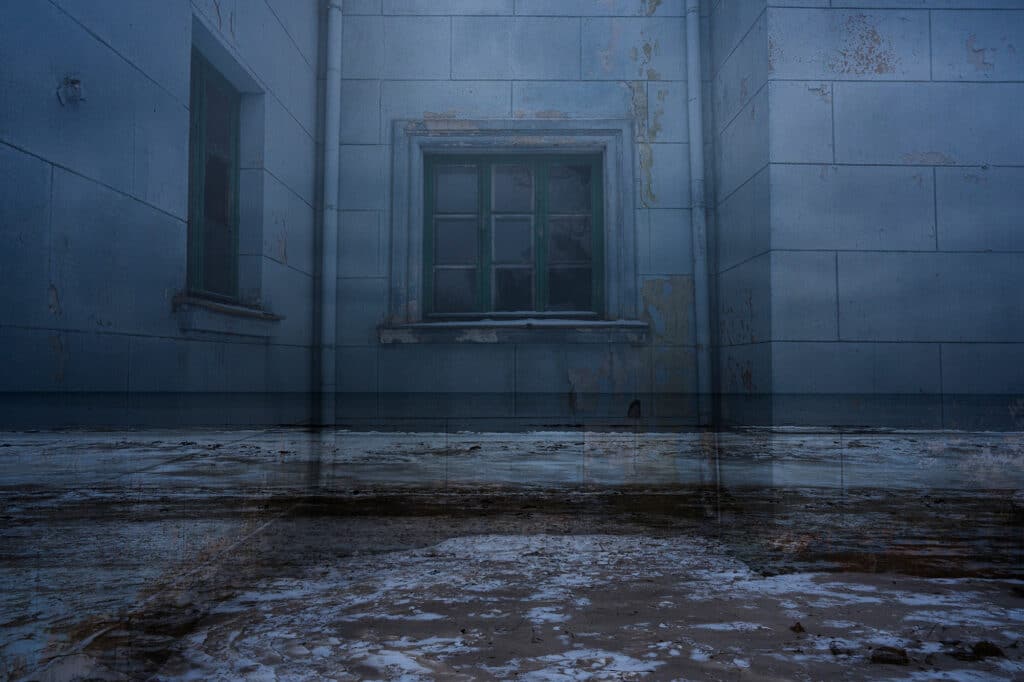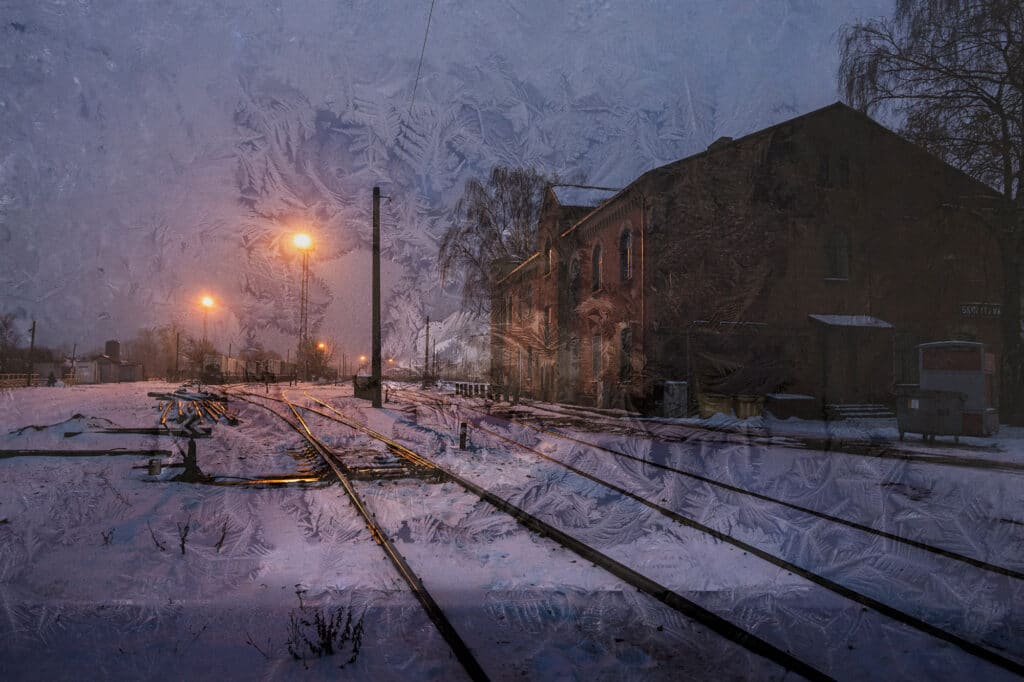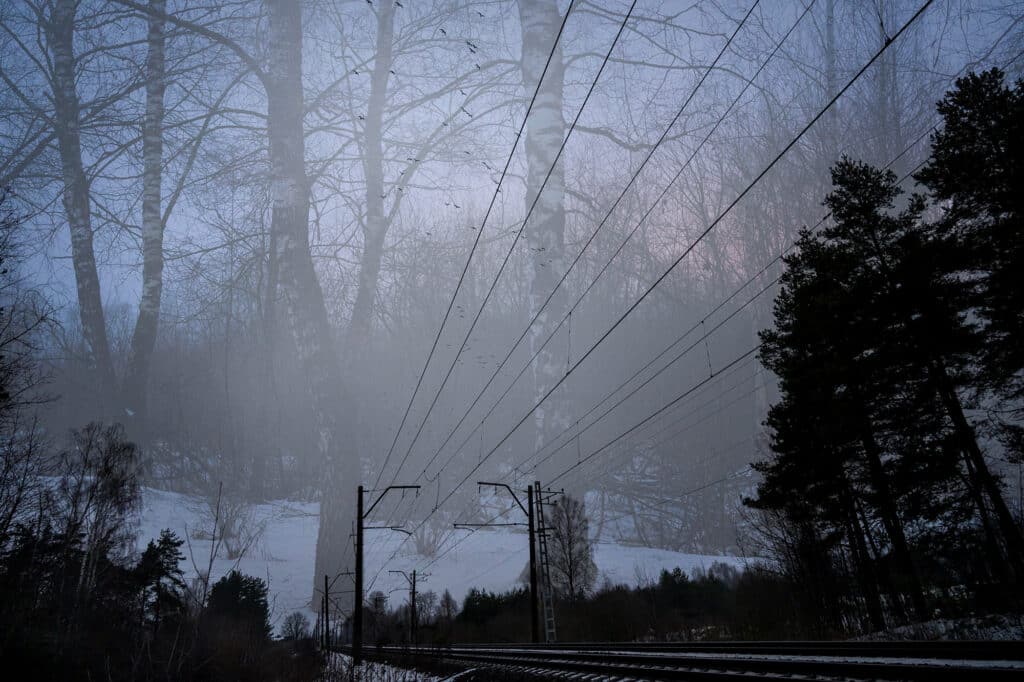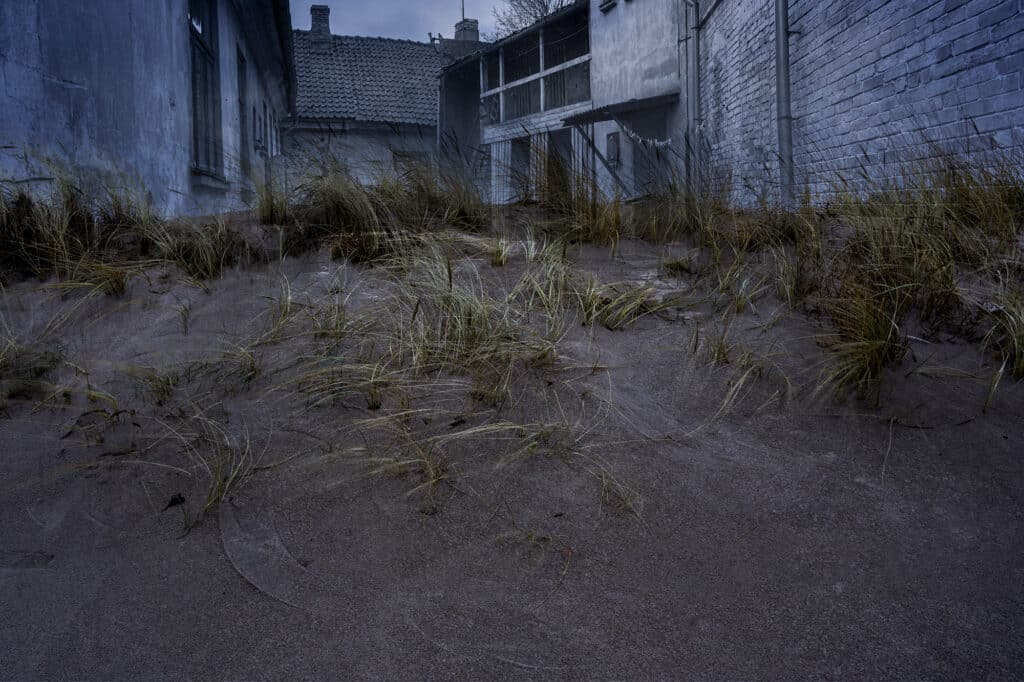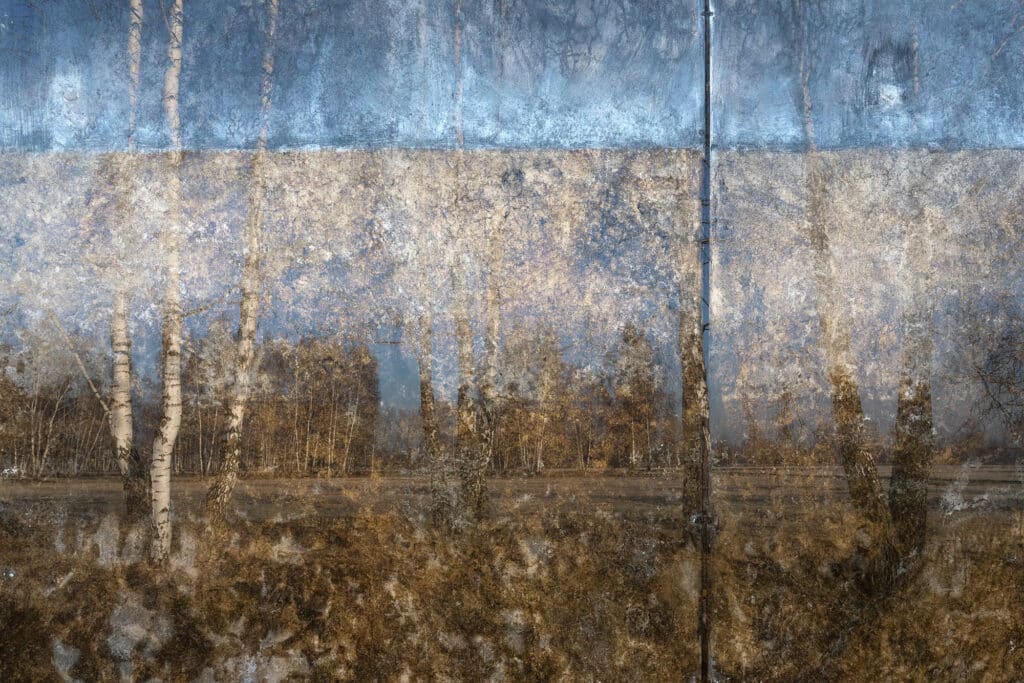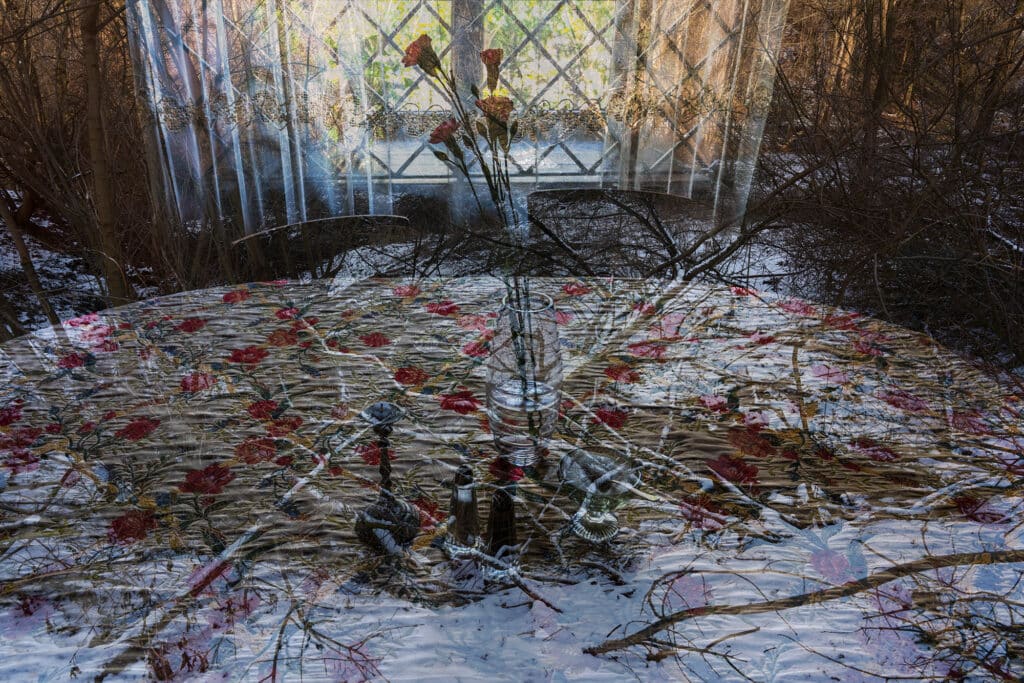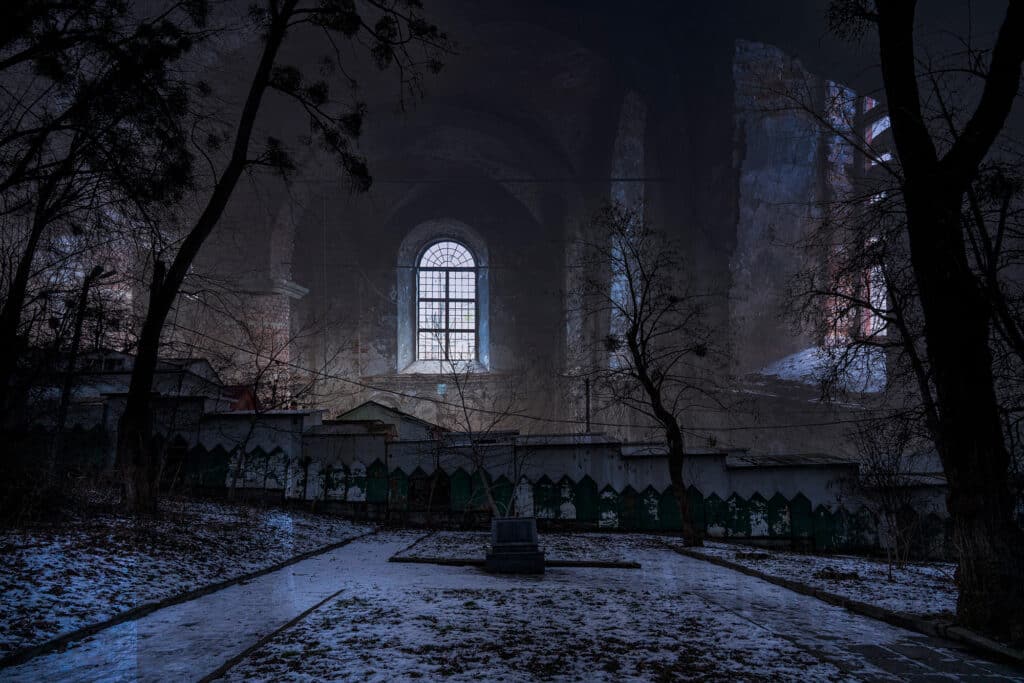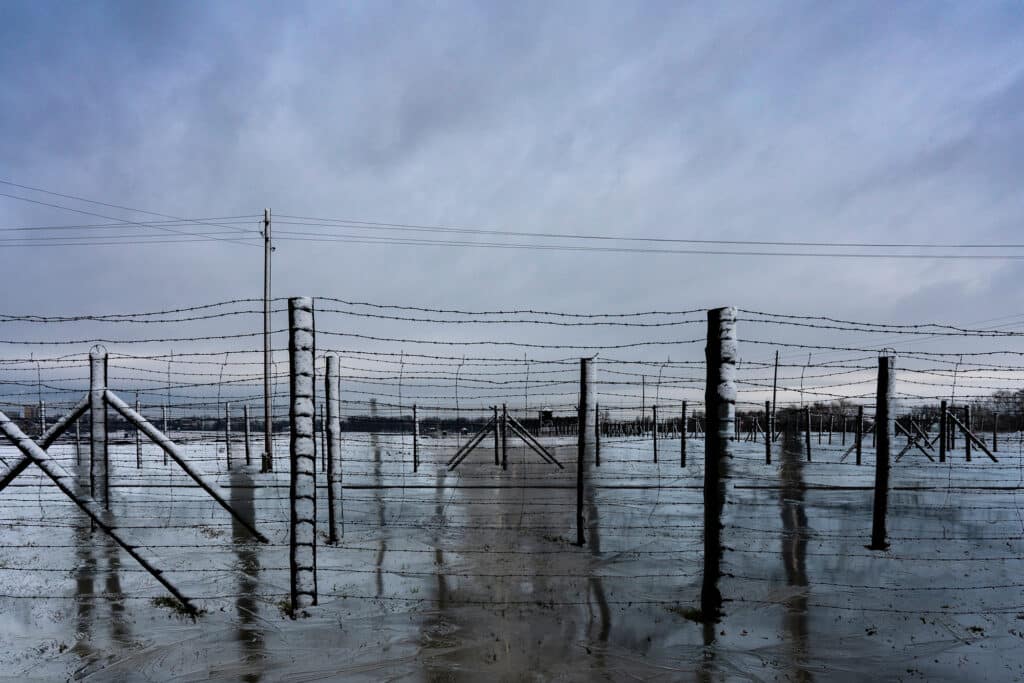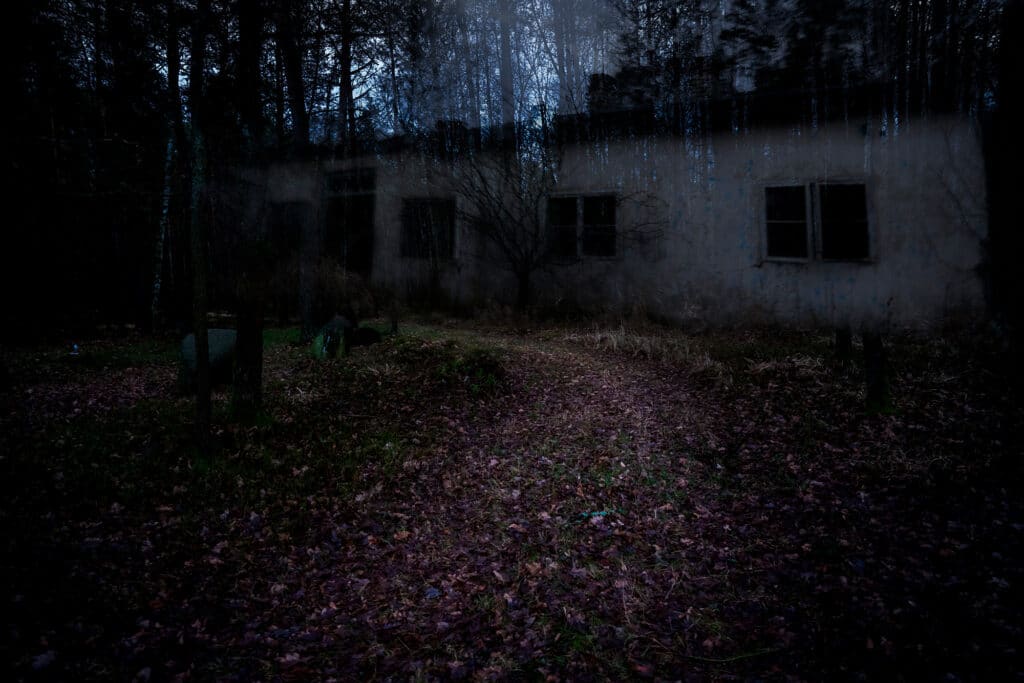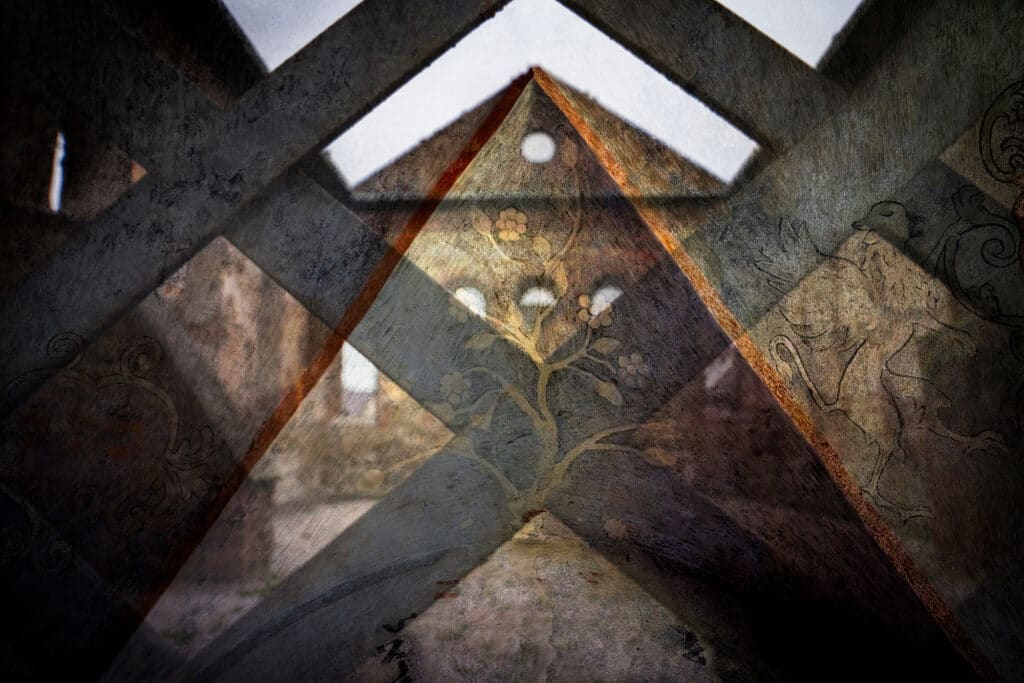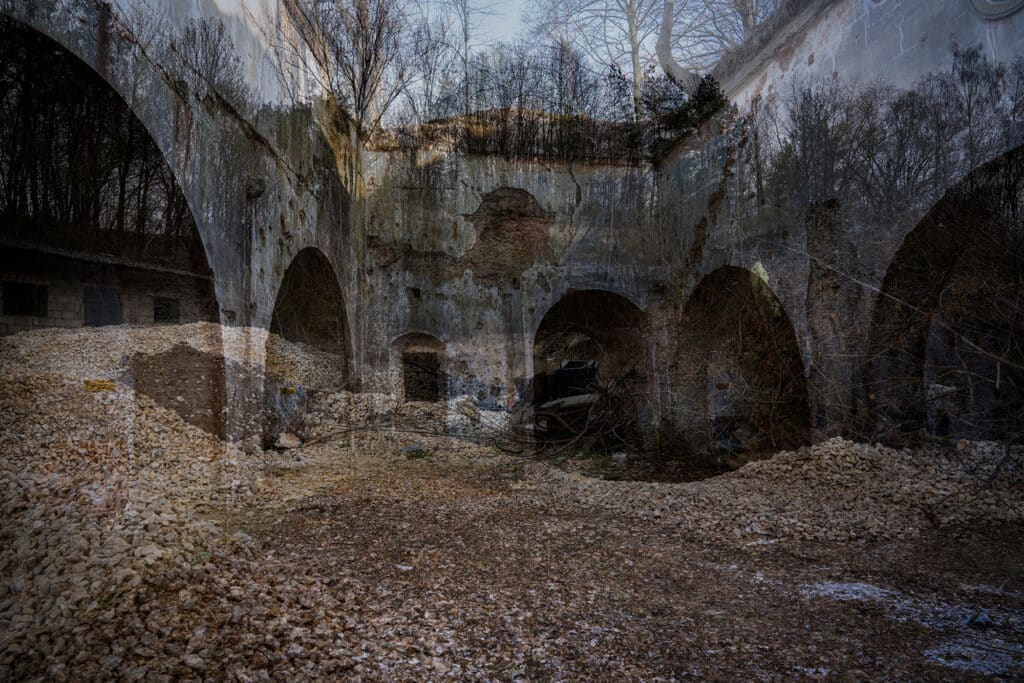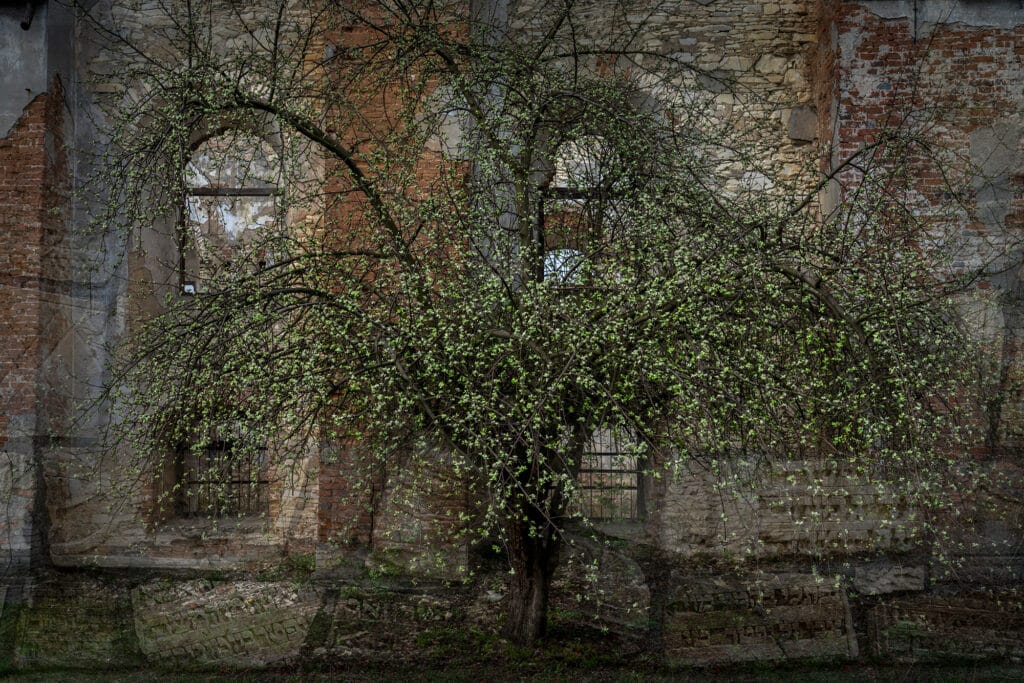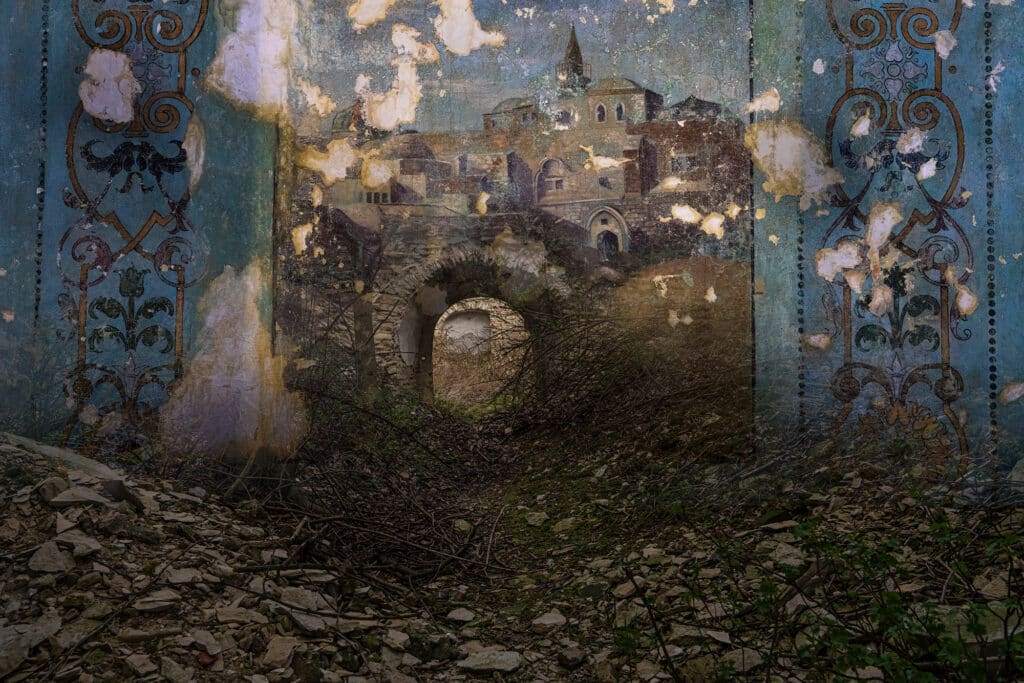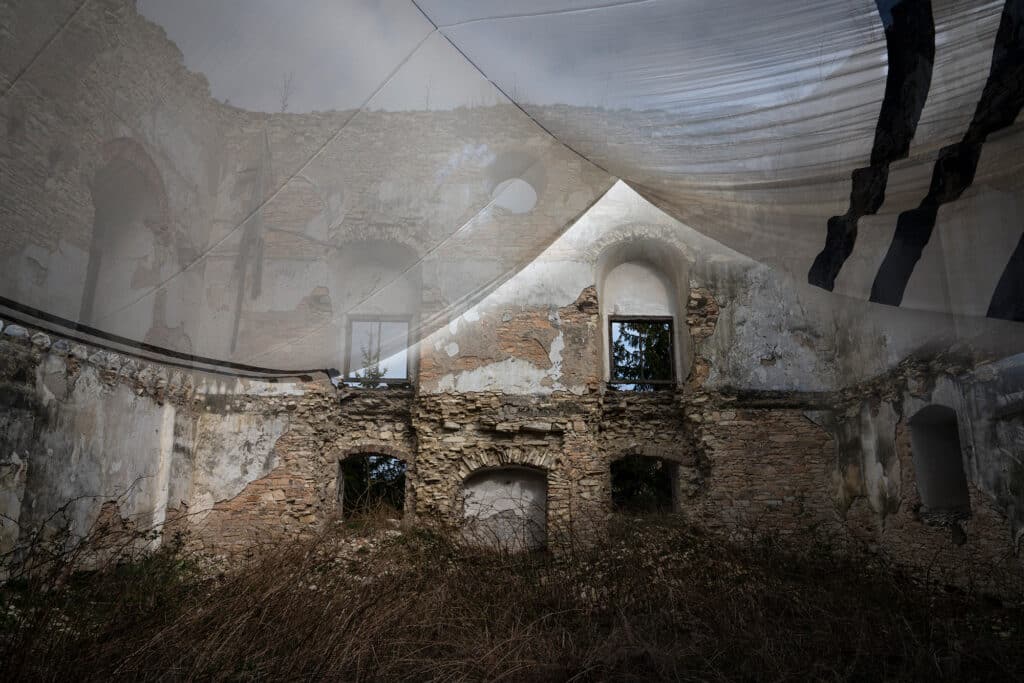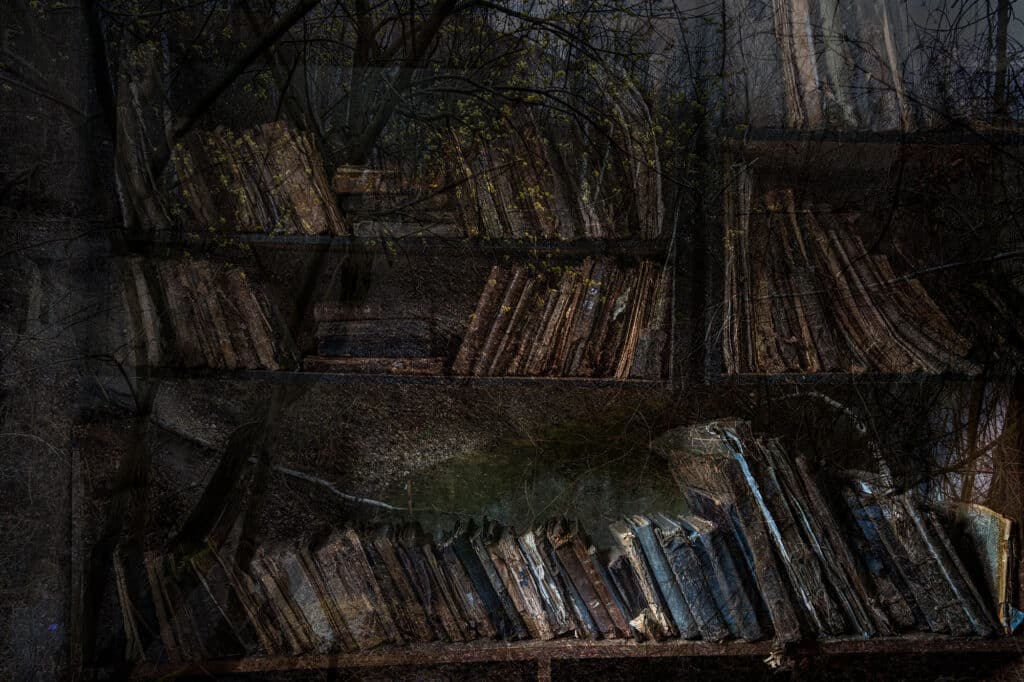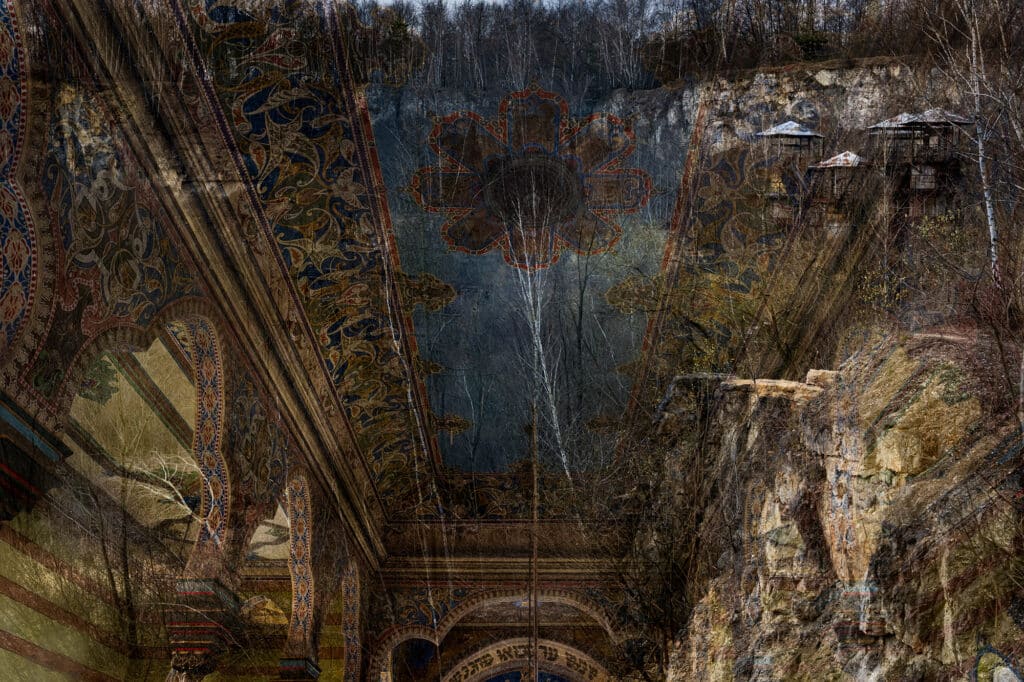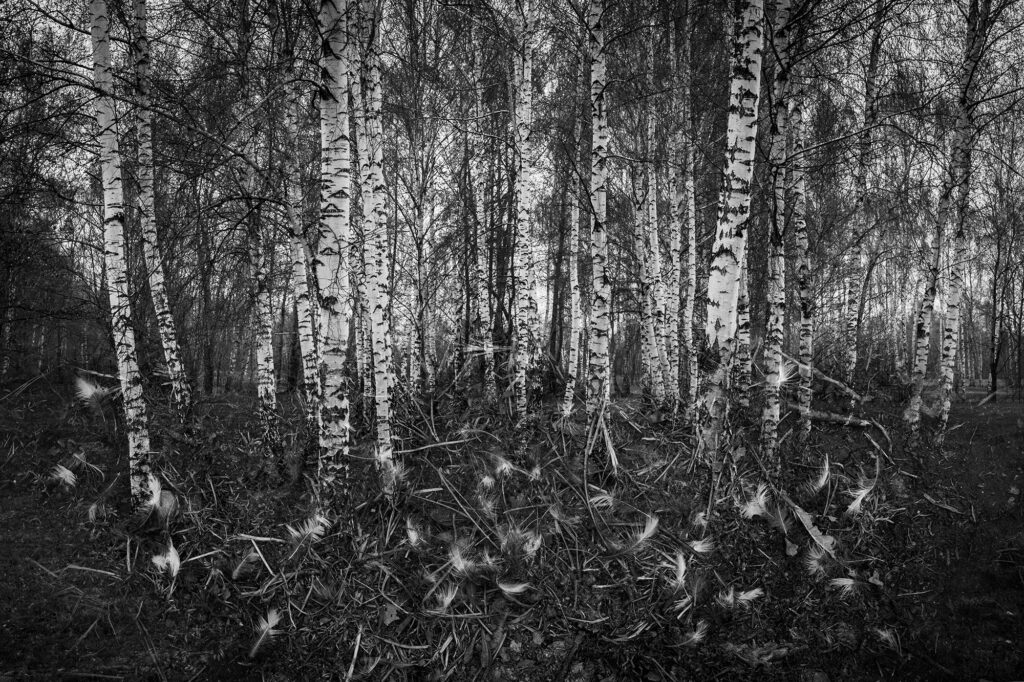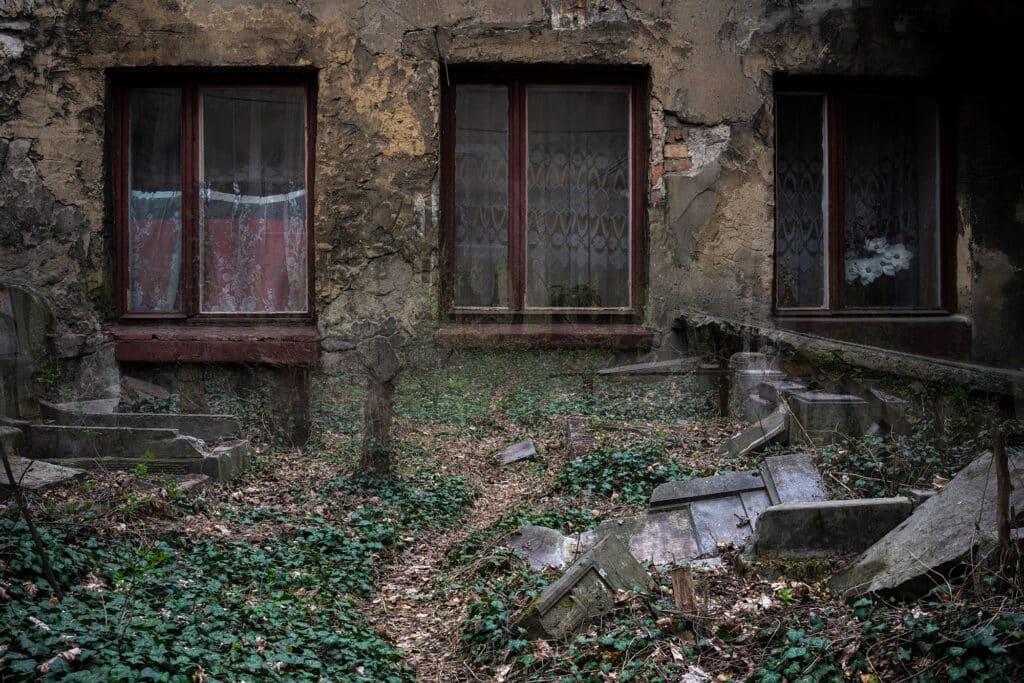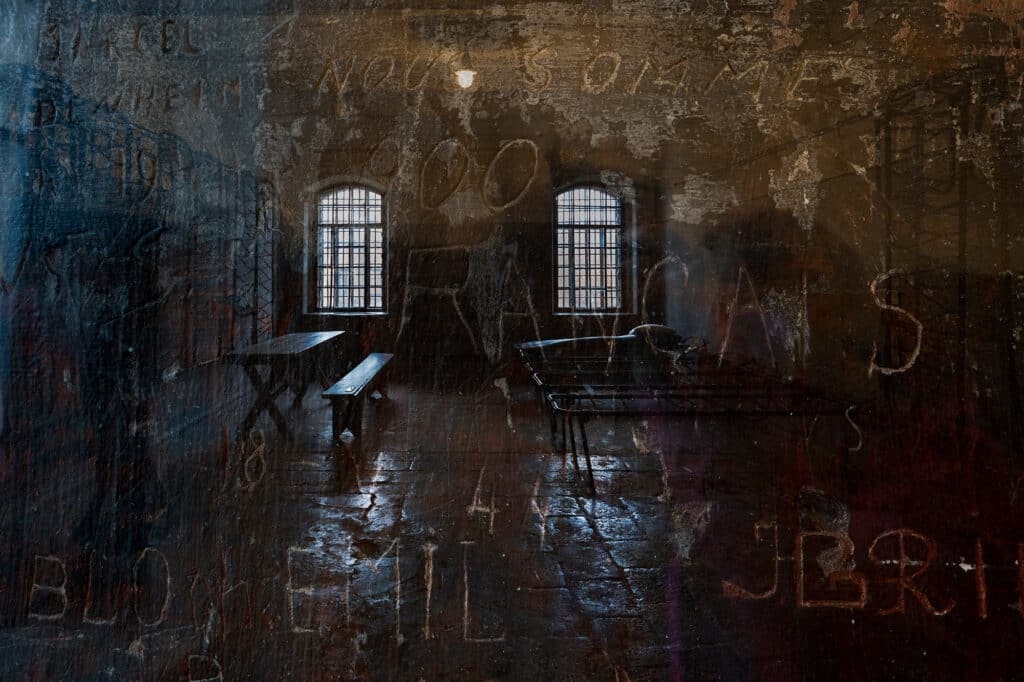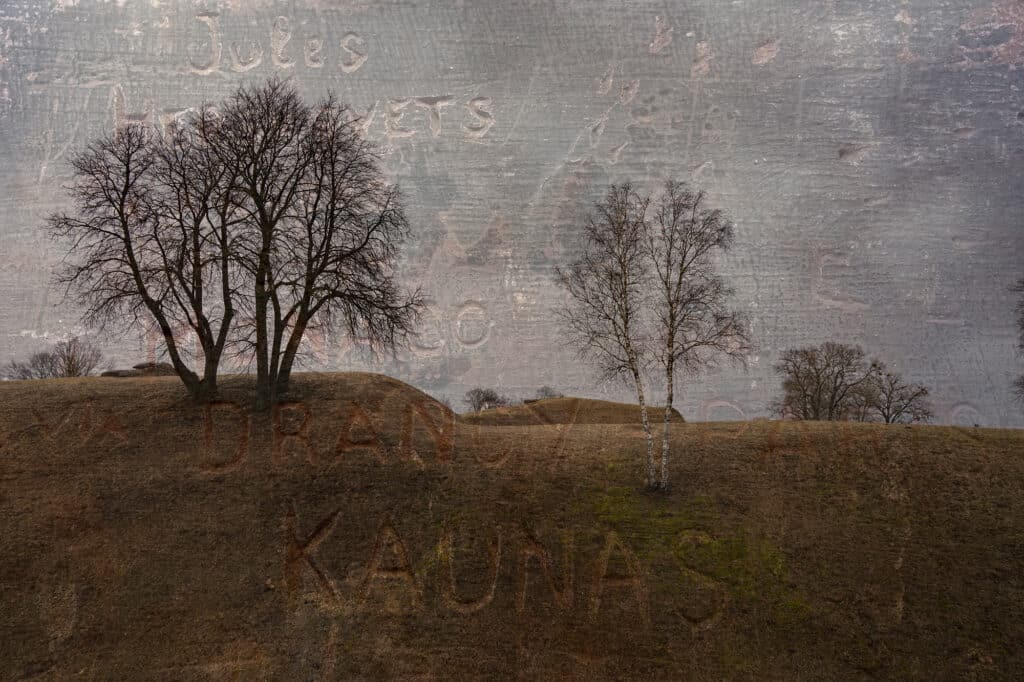NEW WORK, LOSS AND BEAUTY: A Song of Death and dying
The work for the second part of Loss and Beauty is nearly complete. After numerous trips to Poland, Lithuania, Latvia, Estonia, Slovakia, Ukraine, and the Czech Republic, I am compositing images.. My intent for A Song of Death and Dying is to illustrate the events dubbed the Holocaust by Bullets. This term was created by Father Patrick DesBois, a Catholic priest who has dedicated more than fifteen years to discovering and recording sites of massacres that took place in Eastern Europe before the killing centers came into being. A new book for the complete work will be published, including two essays from renowned scholars, Dr. Irina Chymreva and Dr. Tomasz Cebulski.
If you are interested in accompanying me, privately, during the early spring, please be in touch. I’ll be taking one or two guests on several of the trips. I always use guides and world-class scholars to help me achieve greater depth of understanding to inform my work. This means, for potential guests, an in-depth opportunity to create awareness and make more meaningful images of this horrific time in our collective history.
Since the war began in Ukraine, I have been, along with the help of students and through Dr. Cebulski’s contacts, helping with much needed medical supplies, equipment, and power generators for civilians and soldiers. If you are wanting to help, your donation goes directly where it is needed most. I can share more information about this if you send an email. (keron @ keronpsillas . com)
A Song of Death and Dying
Keron Psillas Oliveira Speaks with Dr. Tomasz Cebulski in (Ponary) Panerai, Lithuania a mass murder site from World War II.
